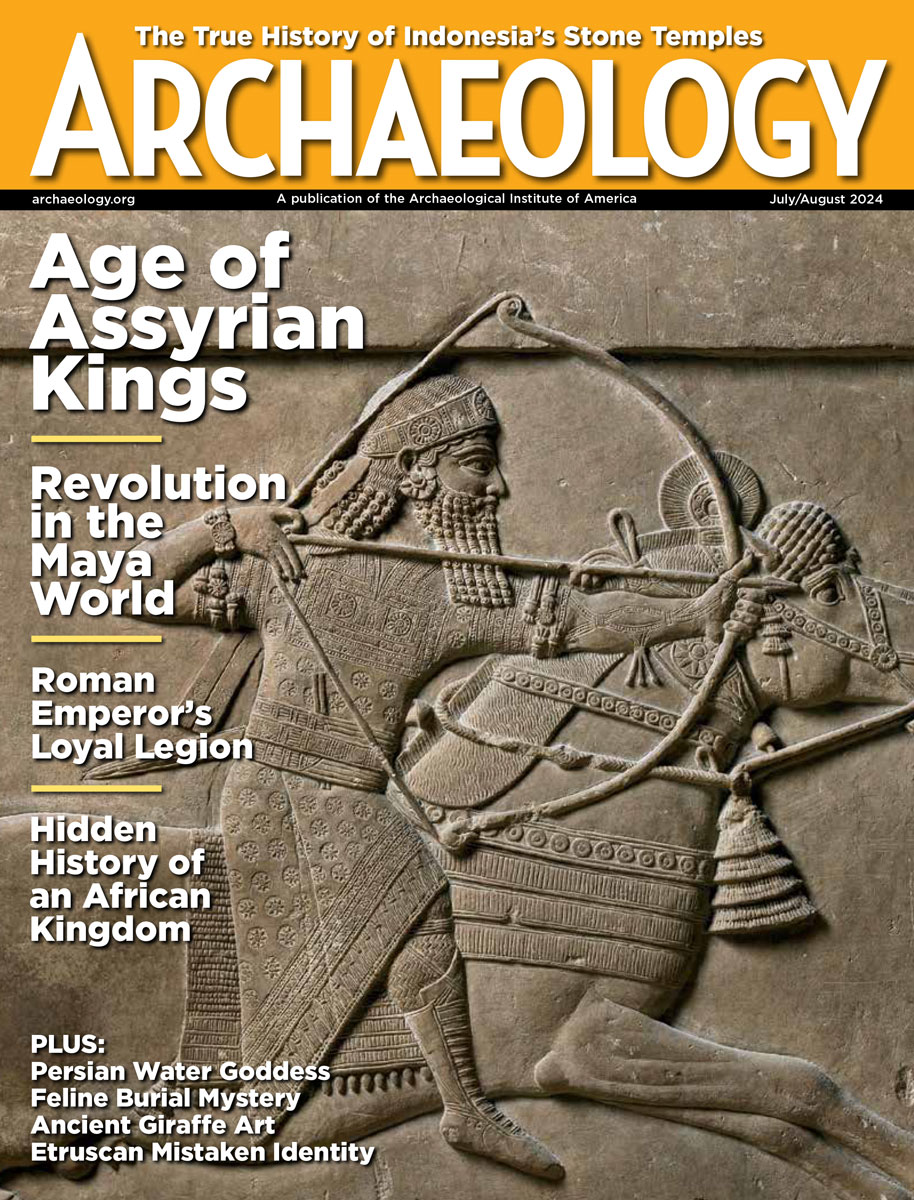Thursday, February 21
February 21, 2008
Two new genetic studies published in Nature confirm the “out of Africa” theory of human migration. The studies show that Africans and people of African descent are the most genetically diverse, and that “Diversity has been eroded through the migration process,” one researcher, Noah Rosenberg of the University of Michigan, said.
A dealer in Civil War relics was killed earlier this week when a large cannonball he was “working on” exploded. Police removed about 75 items from the man’s home, which were then destroyed by Army and Marine explosive-ordnance-disposal experts. Â
Two World War II-era bombs were unearthed in the Philippines. Â
Charles Colthurst, owner of Blarney Castle, defends Ireland’s “kissing stone.” Â
A shipwreck on Coos Bay’s North Spit in Oregon has been identified as the George L. Olson. The wood-hulled schooner was launched in 1917 and ran aground on the spit in 1944.  A pair of cannons washed up on Oregon’s well-named Cannon Beach. The cannons probably broke away from the nineteenth-century survey schooner USS Shark.
The trial of former J. Paul Getty Museum curator of antiquities Marion True and antiquities dealer Robert Hecht continues in Italy. Â
How do archaeologists estimate the size of ancient populations? Slate Magazine’s “Explainer” has the answer.
- Comments Off on Thursday, February 21
Wednesday, February 20
February 20, 2008
Remnants of at least ten pyramids and an adobe platform constructed by the Vicus culture, which flourished between 200 B.C. and 300 A.D., were uncovered on the coast of Peru.
The discovery of what’s been called a Druid’s burial chamber near the ancient city of Camulodunum in southeast England is discussed in Spiegel Online. Â
An archaeologist and an architectural historian say that Ireland’s famous Blarney Stone really is full of blarney. They claim that the kissable rock in Blarney Castle has only been in use since 1888, and is not a piece of the original Stone of Scone, said to have been given to the Irish king Cormac MacCarthy by Scotland’s Robert the Bruce in 1314. Â
Excavations in Scotland revealed a Neolithic pot made of local materials that resembles those made in the Netherlands. “The grave is so early and the style of ceramic is so rare for this period that it’s either an immigrant or a first or second generation descendant who still knows these techniques,” said Martin Cook, the project officer. Â
Italy’s minister of culture, Francesco Rutelli, and two museum directors were interviewed about the illegal antiquities trade by Jeffrey Brown for PBS. Â
National Geographic News takes on the so-called “greatest discovery in China after Peking Man,” said to be the skull fragments of a modern human tentatively dated to 80,000 to 100,000 years ago. But Chris Stringer of the Human Origins Program at London’s Natural History Museum, and Erik Trinkaus of Washington University, have seen photographs of the fossils, and they believe it is more likely that the Henan skull belongs to an earlier species. Â
Here’s an update on the use of satellite images to locate Maya sites in Guatemala.
- Comments Off on Wednesday, February 20









